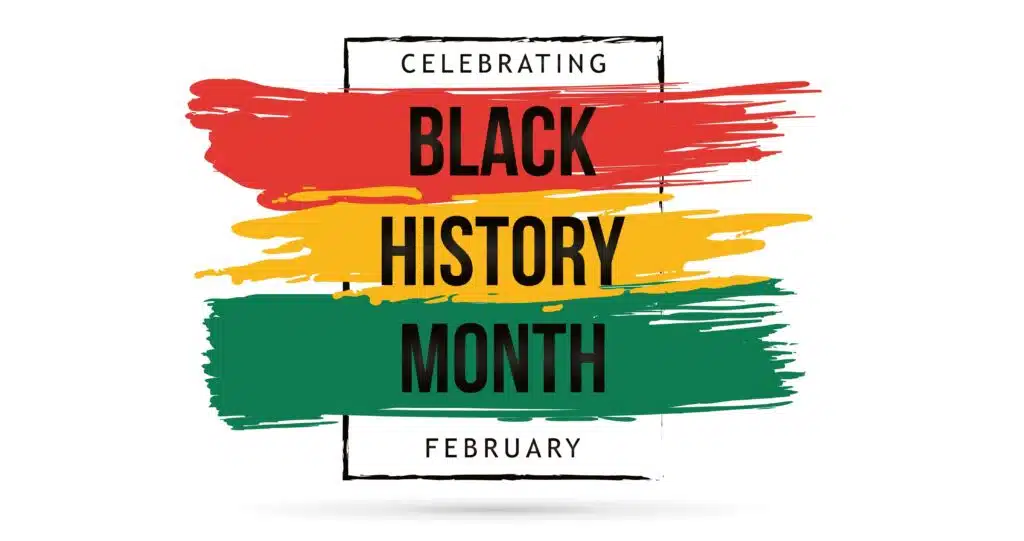
As you plan your spring lessons, remember that February is Black History Month. In the group piano classroom, there are many opportunities to honor and celebrate the contributions of the African Diaspora that shape our musical culture. Celebrating Black history means arranging your activities to showcase the contributions of Black musicians. Of course, this doesn’t need to be confined to a single month!
Here are some ideas for shaping your lessons. The most successful lessons will incorporate several of these aspects:
- Genres: Explore music that has roots in the Black experience. This might include spirituals, ragtime, jazz, blues, pop, and rap.
- Music Elements and Traditions: Dive deep into topics like the 12-bar blues, call and response, syncopation, or scat singing.
- Artists: Connect your lessons to some artists associated with the technique or genre you are exploring. If, for example, you are teaching Spirituals, watch YouTube videos of Marian Anderson or Paul Robeson.
- Repertoire: Search for music by Black composers such as Florence Price, Valerie Capers, and Hale Smith at Ebony Music, an extensive database of music by Black composers, which is created by Black pianists to provide resources for teaching and performance. Explore William Chapman Nyaho’s excellent 5-volume graded anthology, Piano Music of the African Diaspora. Visit the website A Seat at the Piano: Promoting Inclusion in Piano Repertoire. It is easier than ever to diversify your repertoire choices.
The typical group piano class is a setting where varied skills are developed. Beyond repertoire performance, your students might realize lead sheets, play by ear, improvise, and play in ensembles. eNovativePiano provides resources and lessons that can be immediately used, including ensembles, lead sheets, harmonizations, four-part hymn-style arrangements, and score reading.
eNovativePiano Resources to Celebrate Black History
Ensembles
Hambone, Hambone (eNovation 1)
The hambone or Juba dance is a body percussion technique enslaved Africans in North America created. Forbidden to use their drums, they found ways to make rhythms with tambourines, bones, and body music, such as hand clapping and body and thigh slapping. In this ensemble, everyone takes turns performing the “hambone” rhythm with hand claps and leg pats, shown in the first two measures of the score below.
Kye Kye Kule (eNovation 2)
Kye Kye Kule (pronounced “Chay Chay Koo-lay”) is a traditional children’s song from West Africa. It’s an “echo” song in which the leader sets the call, and everyone imitates. Believed to have originated in Ghana, it is now sung all over Africa and the world. This is a flexible arrangement with an optional percussion part, which can be performed in various ways. This arrangement is also suitable for performance on Orff instruments.
*Ensemble scores are available for purchase. Email: info@enovativepiano.com.
Lead Sheets
My Lord, What a Morning (Spiritual) (eNovation 5)
The U.S. Library of Congress Songs of America Project says: The African American spiritual constitutes one of the largest and most significant forms of American folksong. This lead sheet lesson on this moving and fervent African American spiritual is designed to develop fluency in playing triads. Four options for realizing this lead sheet are provided.
My Lord, What a Morning, Voicing 3 – A Simple Two-Handed Accompaniment
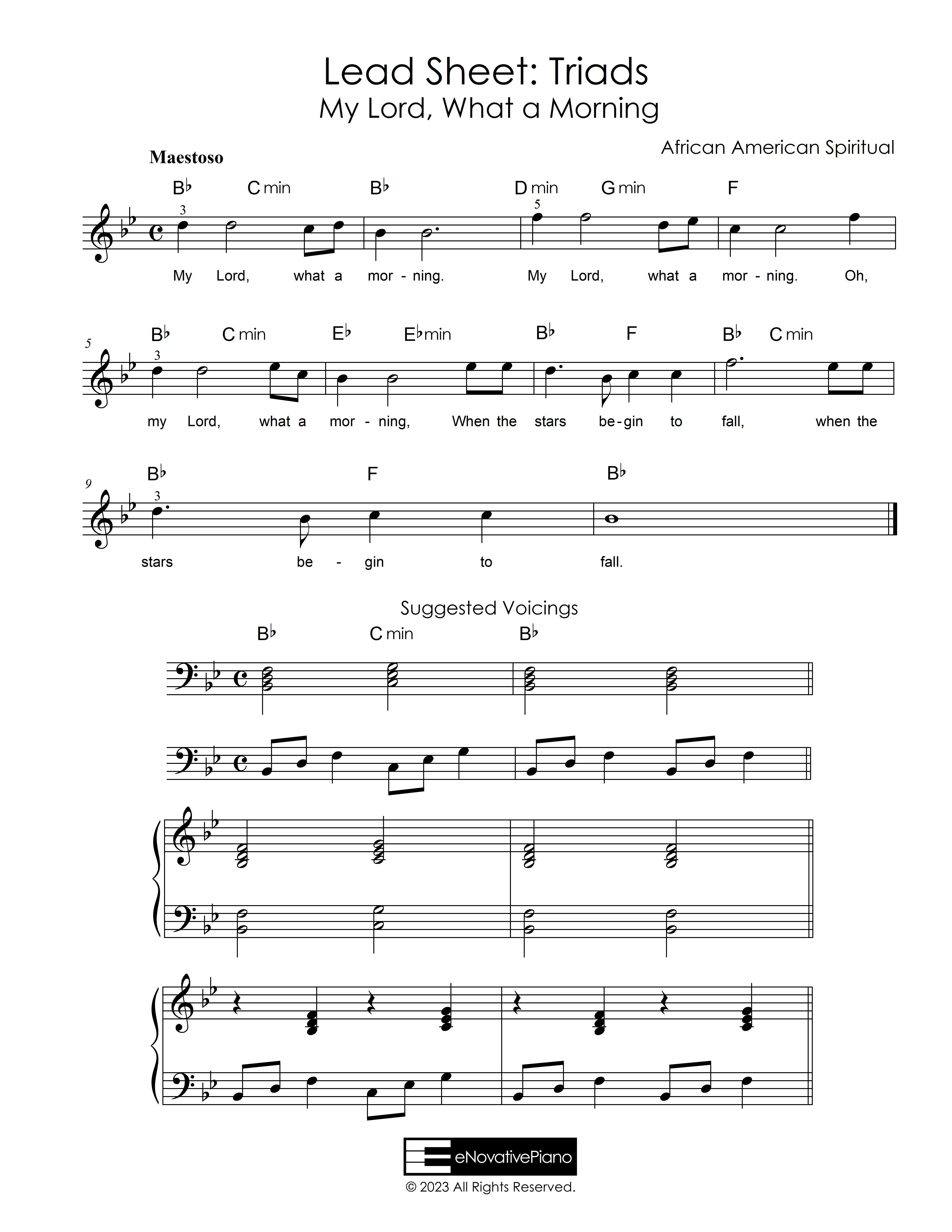
St. Louis Blues by W.C. Handy (eNovation 9)
St. Louis Blues, written in 1914 by W.C. Handy, is considered an essential standard for jazz and blues musicians. This lead sheet lesson provides an opportunity to study the 12-bar blues.
St. Louis Blues, Voicing 1 – Melody with Accompaniment
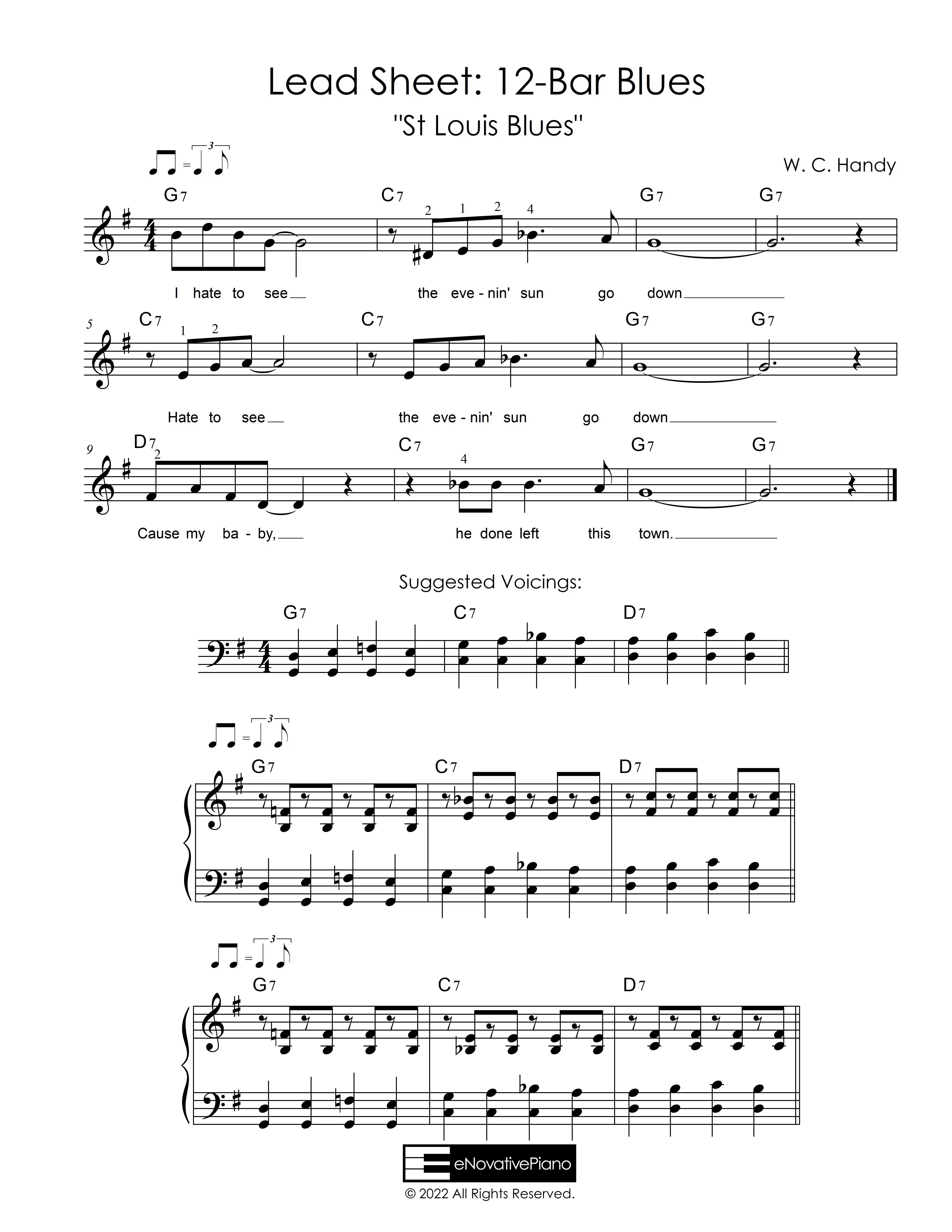
Arrangements
Pay Me My Money Down (eNovation 7)
Pay Me My Money Down is a work song that originated among the stevedores in the Georgia Sea Islands. This arrangement utilizes Calypso-style syncopated rhythms. Students can accompany a sing-along or another pianist or instrumentalist playing the tune.
Lift Every Voice and Sing (eNovation 14)
Lift Every Voice and Sing is a hymn with lyrics by James Weldon Johnson (1871–1938) and music by J. Rosamond Johnson (1873–1954). Written from the perspective of African Americans in the late 19th century, the hymn is a prayer of thanksgiving, faithfulness, and freedom.
Score Reading Excerpts
If you teach score reading in group piano, consider adding score excerpts by Black composers such as those by Alton Augustus Adams, Sr., the first Black bandmaster in the United States Navy, or Afro-British composer and conductor Samuel Coleridge-Taylor.
Adams – The Governor’s Own (1921) (eNovation 16)
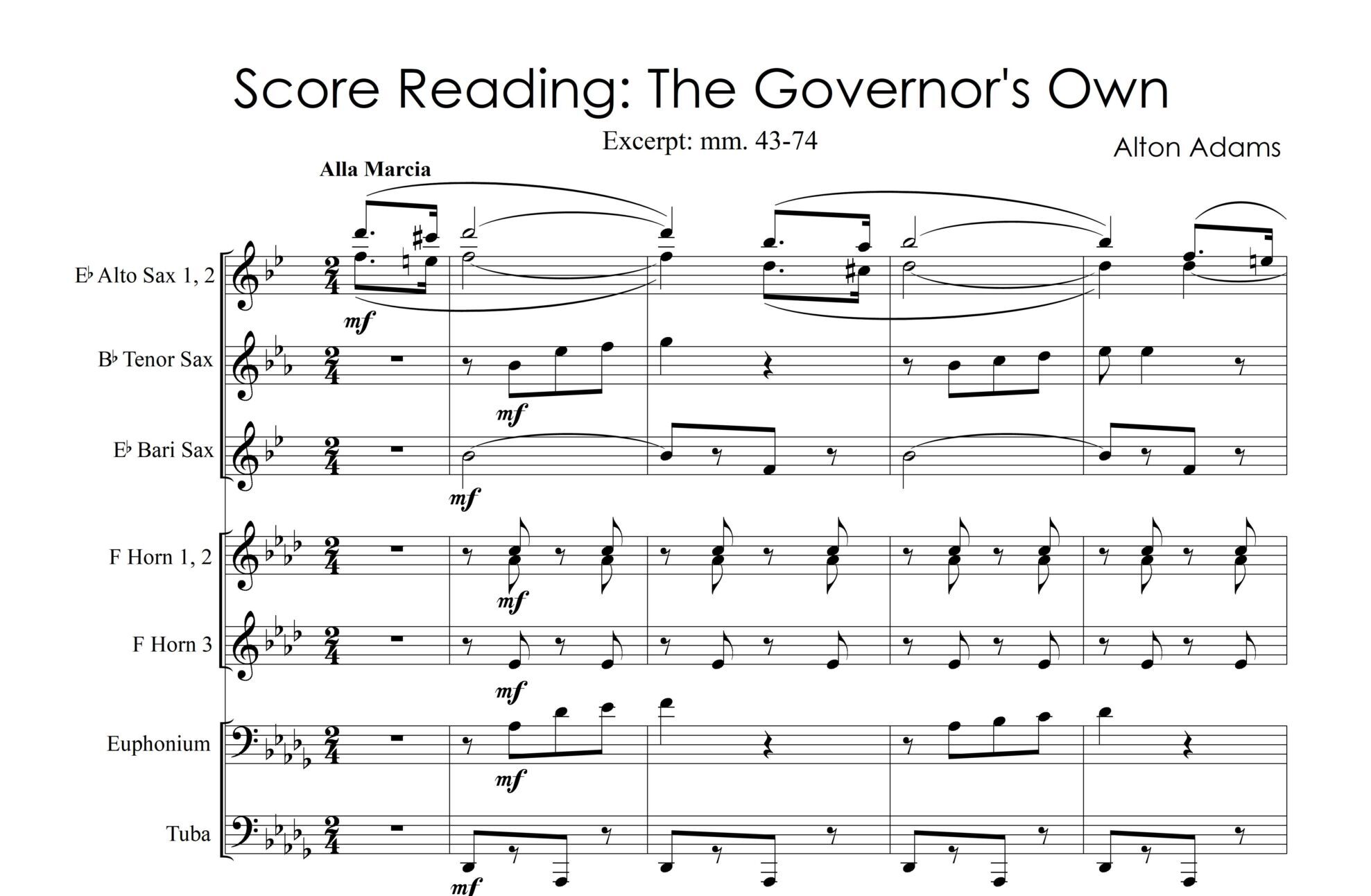
Coleridge-Taylor – Benedictus (eNovation 17)
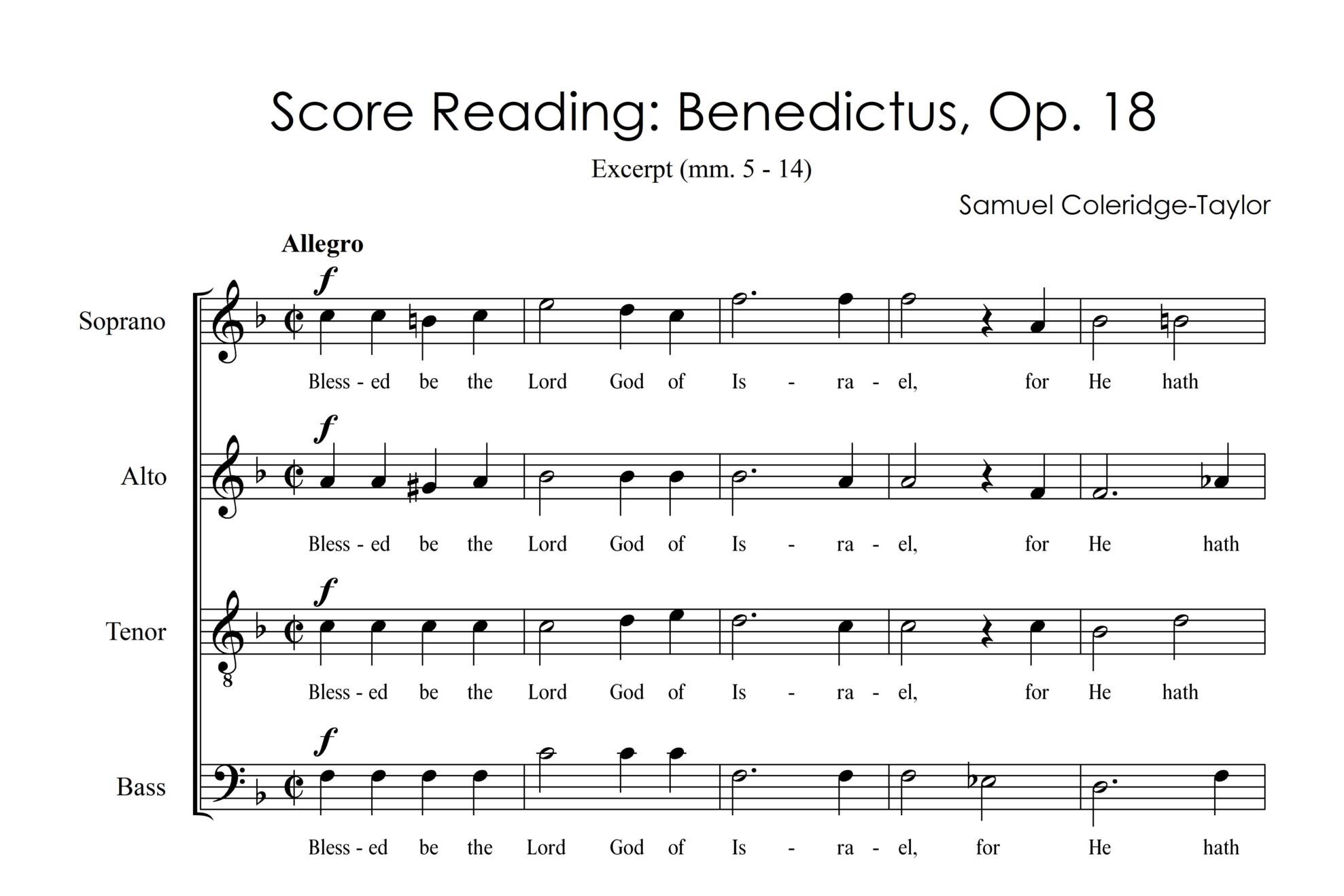
More Black History Lessons from eNovativePiano
In addition to the above, eNovativePiano has other great lessons to support Black history awareness.
View the complete list: Lessons to Celebrate Black History. You must log into eNovativePiano to view these lessons. You can subscribe here or request a free trial, if you are an instructor.
*To purchase ensemble scores, email: info@enovativepiano.com.

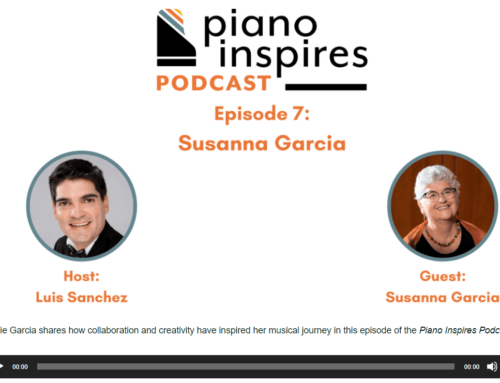
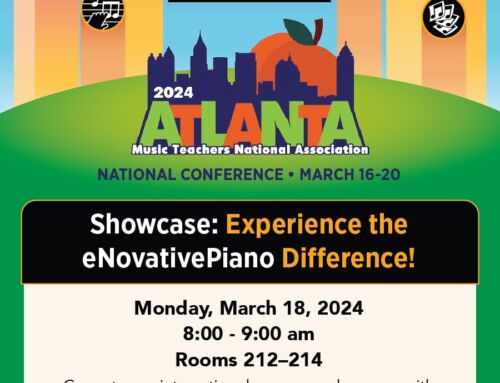

Leave A Comment